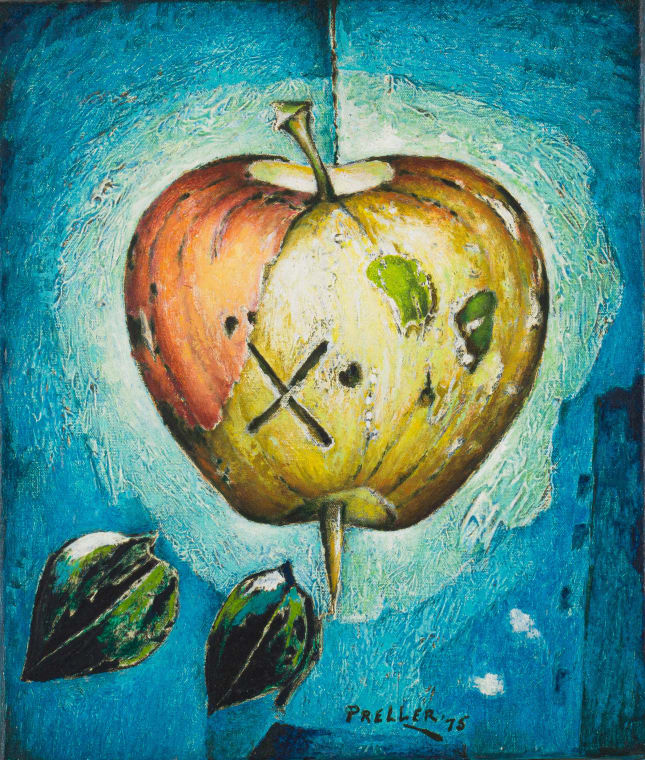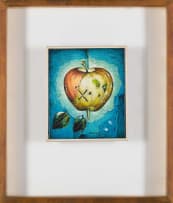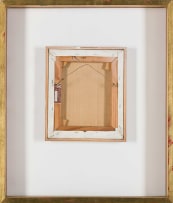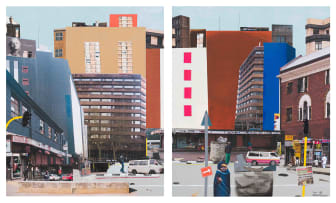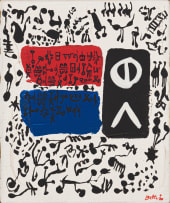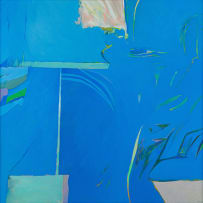Modern and Contemporary Art
Live Virtual Auction, 16 May 2023
Modern and Contemporary Art
Incl. Buyer's Premium & VAT
About this Item
signed and dated '75
Notes
Floating Apple is a radical, glittering and visionary example of Preller's late-career confidence. Painted in 1975, shortly before his death, the work is also a dazzling reminder of the artist's iterative methods. The apple motif appeared time and again during Preller's career, shifting dramatically in appearance and symbolism throughout. In Garden of Eden (1937), for instance, a very early work, the apple is clutched tightly by a nude and golden-brown Eve; in Morning Glory and Thorns (1947), two apples form part of an elaborate tabletop set piece, propping up a reproduction of an El Greco Madonna; while in Still Life with Vase and Apple (1956), a single fruit, bathed in a somewhat sinister shadow, rested alongside the artist's ubiquitous chipped vase, one of his so-called 'household gods'. While Preller regularly included the apple in allegorical scenes or still life compositions, it became the primary subject of three landmark works that went on show at the Henry Lidchi Gallery in Johannesburg in 1969. Apple I, Apple II and Original Sin caused quite a sensation! Wildly experimental, these works relied on a cast fibreglass shell, cleverly painted in blazing gold leaf and vibrant turquoise. Floating Apple is perhaps the closest relative of these three revolutionary works. While not executed in the former's intaglio technique, and made on a more modest scale, the work follows a similar format: a single apple dominates the picture plane, apparently suspended in an electric blue space. There seems to be something more complex at work in Floating Apple, however. The surface of the fruit is intentionally spoiled: bruises appear throughout, while two deep incisions in the form of a cross are obvious, perhaps recalling the cicatrised markings from Yoruba culture to which the artist had previously been drawn. The iconography has celestial or cosmic overtones too: the apple's stalk above and the sharp pin below suggest a central axis and spinning motion, allowing the fruit to rotate from shadow to light, and from matte bronze to brilliant gold.
